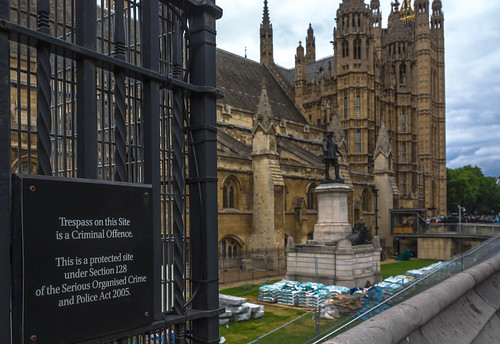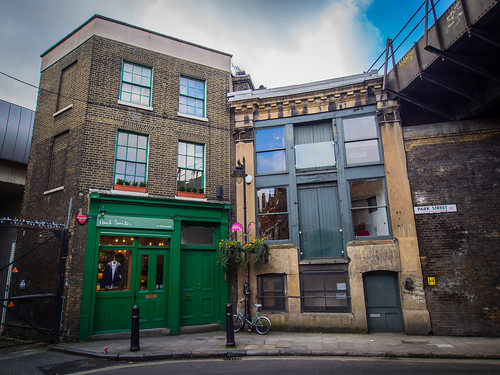
A bit of fun with movies.
After I added my recent DVD acquisitions to iTunes, I thought it would be interesting to see if there were any obvious gaps in 'popular' coverage, based on films I've seen rather than ones that I own.
The IMDb database is a good starting point which, whilst it may have a populist and perhaps slightly American bias, still gives a useful list of a top 250 movies 'of all time'.
They've used a Bayesian weighted voting formula of their regular voters to create this top 250, as follows:
weighted rating (WR) = (v ÷ (v+m)) × R + (m ÷ (v+m)) × C
Where:
R = average for the movie (mean) = (Rating)
v = number of votes for the movie = (votes)
m = minimum votes required to be listed in the Top 250 (currently 25000)
C = the mean vote across the whole report (currently 7.0)
I guess it is based upon access to movies rather than a fully critical viewing and The Shawshank Redemption in the number 1 spot might have been aided by it being given away free as a DVD in various publications.
It's not close to my personal ranking (e.g. it has The Good, The Bad and the Ugly in the top few), but it's still a useful starting point to check for obvious gaps in what I've seen.
As well as the ranking uncertainties, there's only a few foreign language movies in the list, which might skew the European variations. To get a flavour, the top few movies are as follows:

Weirdly, when I recently snapped some DVDs to illustrate a post, three of the randomly included movies were The Godfather trilogy, Pulp Fiction and The Black Knight. Another one visible is the Swedish version of 'Let the Right One In', so I can honestly say it was pure co-incidence that I hit 4 of the top 5.
I regard this ever-evolving Top 250 list as a light guide more than anything.
There's a few films with colons in their titles (franchises) and the recent Whiplash, Boyhood and Kingsman are already tripping their way into the chart. There's also some classics like Casablanca, 12 Angry Men, City Lights and Vertigo, a few British crime movies like Snatch but, for example, no Ealing comedies.
I copied the Top 250 into a spreadsheet, to look for any obvious gaps in my own viewing. But I don't think I'll be attempting my own alternative selection...















